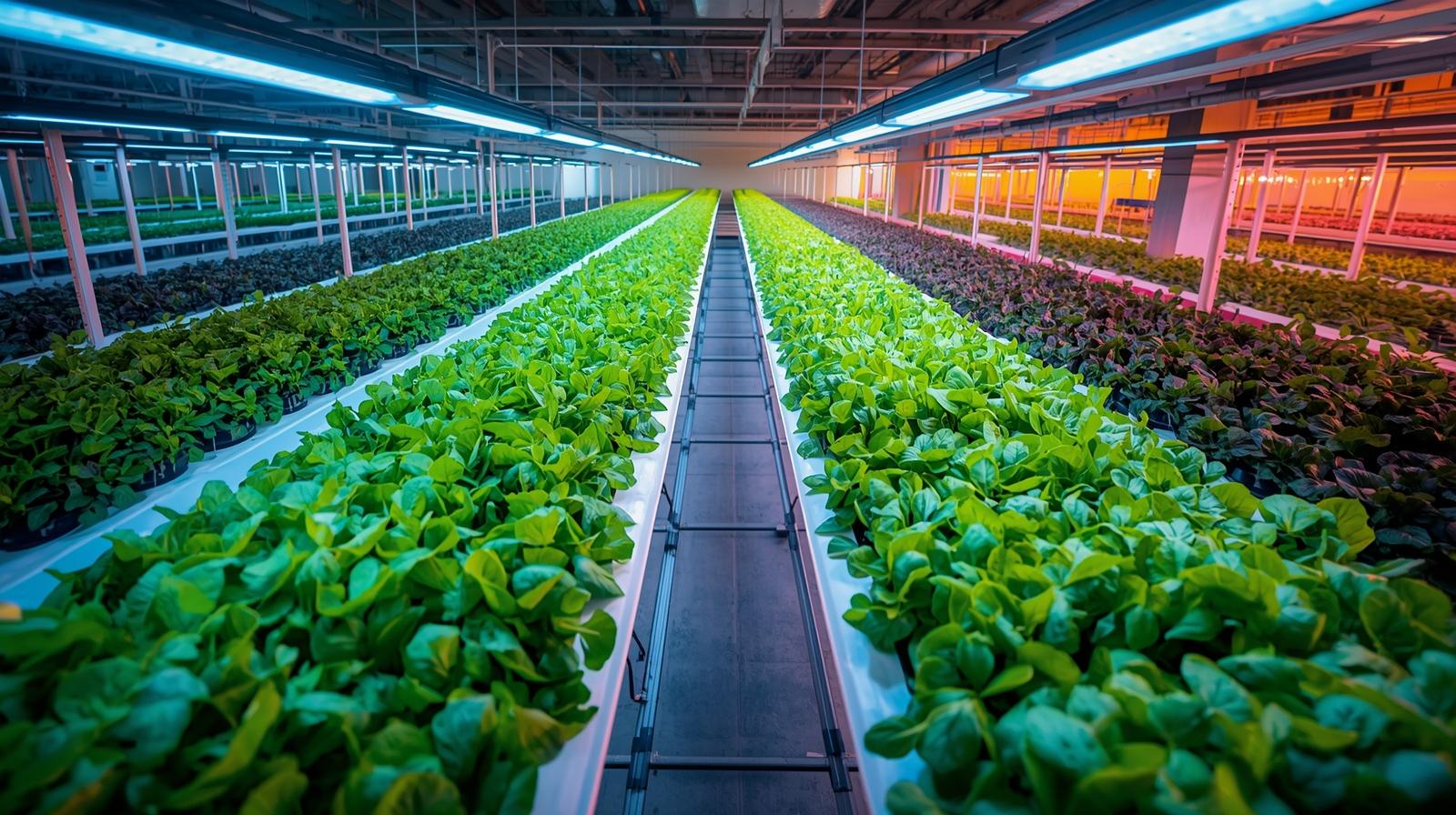The vertical agriculture technology market has emerged as a transformative solution in modern farming, addressing growing concerns related to food security, limited arable land, and climate change. By utilizing vertically stacked layers integrated with advanced technologies such as hydroponics, aeroponics, and aquaponics, vertical farming enables the efficient production of crops in controlled environments. This market is gaining momentum globally, fueled by the rising demand for sustainable farming methods, urbanization, and the increasing need to reduce the environmental footprint of agriculture.
Download PDF Brochure @ https://www.marketsandmarkets.com/pdfdownloadNew.asp?id=221795343

Growing Demand for Sustainable Farming Practices
Sustainability has become a central theme in global agriculture, with vertical farming technology positioned as a viable solution to address key environmental challenges. Traditional farming methods often require large amounts of water, pesticides, and fertilizers, leading to significant ecological concerns. Vertical agriculture technology offers water-efficient systems that use up to 90 percent less water compared to conventional farming. Additionally, controlled-environment agriculture reduces the dependency on chemical pesticides and ensures year-round crop production, making it a sustainable approach to feeding the growing global population.
Technological Advancements Driving Growth
The growth of the vertical agriculture technology market is closely tied to advancements in technology, particularly automation, artificial intelligence, and the Internet of Things (IoT). Smart sensors and AI-driven systems are being deployed to monitor and optimize plant growth, nutrient cycles, and lighting conditions in real time. The integration of LED lighting tailored for plant growth has significantly improved crop yields and energy efficiency. Robotics and automation systems are also enhancing productivity by streamlining planting, harvesting, and maintenance operations, thus reducing labor costs and improving consistency. These technological innovations are accelerating the scalability of vertical farming systems, making them increasingly attractive to investors and stakeholders.
Urbanization and the Rise of Smart Cities
Rapid urbanization has created both challenges and opportunities for global food supply chains. As more people move into urban areas, the demand for locally grown and fresh produce has increased. Vertical agriculture technology provides a strategic solution by enabling farms to be built within or near cities, reducing transportation costs and ensuring fresher produce for consumers. The integration of vertical farming into smart city initiatives is gaining traction, as urban planners recognize its potential in supporting food resilience and reducing carbon footprints. This trend is expected to play a major role in shaping the future of urban agriculture.
Investment and Market Expansion
The vertical agriculture technology market is witnessing strong investment flows from venture capitalists, governments, and corporate players. Leading companies are investing heavily in research and development to innovate new systems that maximize yields and minimize costs. Governments in various countries are also offering support through subsidies and policies that encourage sustainable agriculture practices. Expanding retail partnerships and collaborations between technology providers and food retailers are further driving market penetration, with vertically farmed produce increasingly making its way to mainstream grocery stores.
Challenges in Market Growth
Despite its immense potential, the vertical agriculture technology market faces several challenges that need to be addressed for sustained growth. High initial capital investment remains one of the most significant barriers, as setting up technologically advanced vertical farms requires substantial funding. Energy consumption, particularly in LED lighting and climate control systems, is another concern that companies are working to optimize through renewable energy integration. Additionally, limited awareness among consumers and farmers regarding the benefits of vertical farming poses a challenge to wider adoption. Overcoming these hurdles will be essential for the market to achieve its full potential.
Future Outlook of Vertical Agriculture Technology Market
Looking ahead, the vertical agriculture technology market is poised for robust growth, driven by the convergence of sustainability goals, technological innovation, and shifting consumer preferences. The integration of renewable energy sources, such as solar and wind power, will play a pivotal role in addressing energy challenges and making vertical farming more cost-effective. Advances in biotechnology and crop science are expected to expand the range of crops that can be effectively grown in vertical farms, further enhancing profitability.
Furthermore, as global populations continue to rise and climate change disrupts traditional agricultural practices, vertical farming is likely to become a cornerstone of future food production systems. The focus on hyper-local farming and farm-to-table supply chains will further enhance the role of vertical agriculture in ensuring food security. With continuous innovation and supportive regulatory frameworks, the vertical agriculture technology market is expected to witness accelerated adoption worldwide, reshaping the future of agriculture and contributing to a more sustainable global food system.
